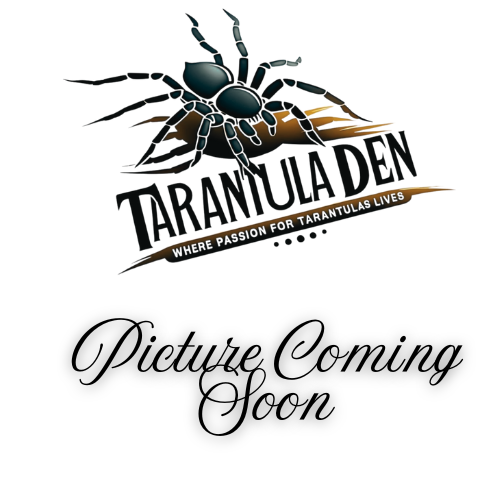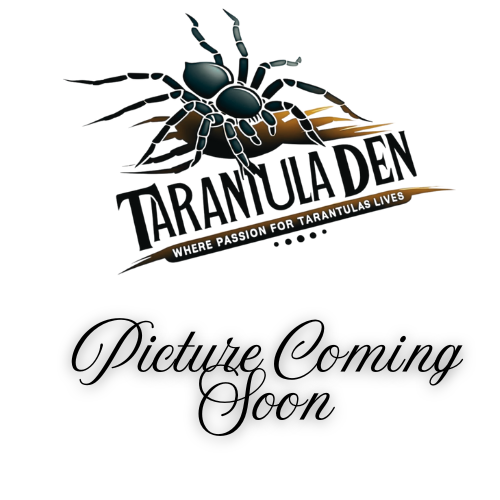Tarantuladen.co.za
Whistling Tarantula (Selenocosmia Crassipes)
Whistling Tarantula (Selenocosmia Crassipes)
Low stock: 1 left
Couldn't load pickup availability
If you’re after raw power and old-world attitude, look no further. Selenocosmia crassipes is a giant burrowing species from Australia known for its deep, resonant “whistle” when disturbed. Lightning-fast, defensive, and incredibly strong — this spider is like the heavyweight champion of Aussie tarantulas.
Quick Facts
Common Name: Whistling Tarantula / Queensland Whistling Spider
Scientific Name: Selenocosmia crassipes
Origin: Northern and eastern Australia (Queensland, Northern Territory)
Size: 8–9 inches (20–23 cm) leg span
Lifespan:
- Females: 20–30 years
- Males: 5–8 years
Temperament: Defensive, extremely fast, prone to biting when provoked
Coloration
Earthy tones — brown, tan, and charcoal
Heavy-bodied, thick legs with fine, dense hair
Subtle iridescence under bright light (especially on the legs)
Built more like a tank than a typical tarantula — very robust
Housing & Care
Enclosure Type: Deep burrowing terrestrial
Substrate: 8–10 inches of compactable substrate (topsoil/coco fiber/clay mix)
Humidity: 65–75% — keep the lower levels moist
Temperature: 75–85°F (24–29°C)
Decor:
- Deep starter burrow or hide — it will expand it massively
- Minimal surface decor — focus on deep, stable substrate
- Large water dish — crucial for hydration
These spiders create impressive tunnel systems. Expect deep burrows and major landscape changes.
Feeding
Diet: Large roaches, crickets, and even small locusts
Feeding Schedule:
- Slings: 2–3x/week
- Juveniles: Weekly
- Adults: Every 7–10 days
Brutal takedowns — powerful jaws, fast strike
Why It's a Legend
One of the largest and most robust tarantulas
Known for stridulation — it can “hiss” audibly when disturbed
Incredibly strong — can move heavy decor and rearrange entire enclosures
Impressive predator behavior and fascinating burrowing habits
Long-lived with proper care
Notes
Not a beginner species — defensive, fast, and with a medically significant bite (painful!)
Needs deep, stable substrate to prevent stress
Very reclusive — will spend most of its time underground
Handling is absolutely not recommended
Secure enclosure is a must — powerful enough to push lids if not locked down properly
Share


